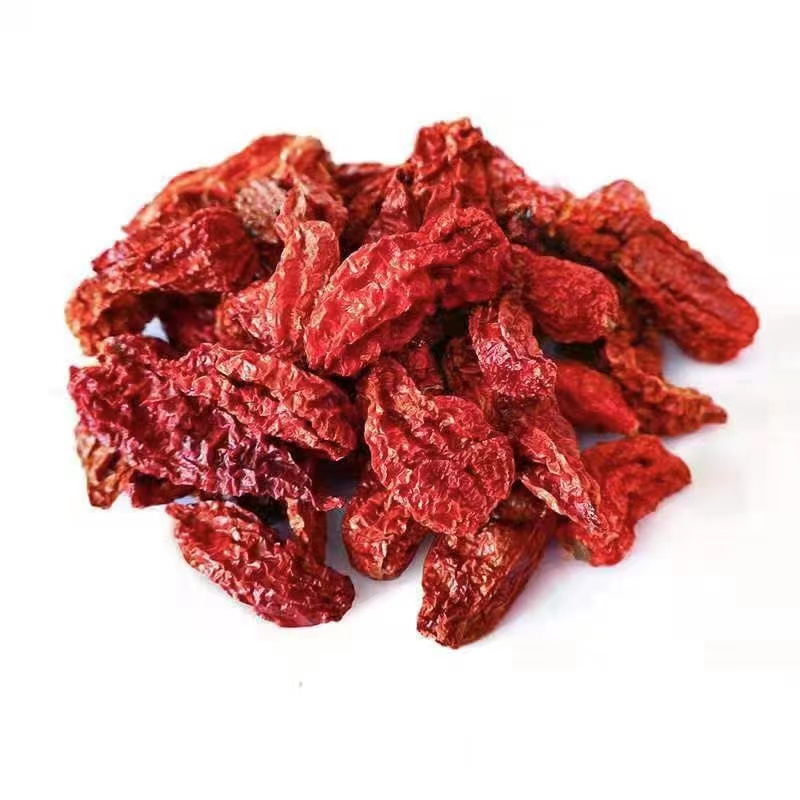bulk sweet dried red paprika whole chilli stemless
Basic Information
All capsicum varieties are descended from wild ancestors in North America, in particular Central Mexico, where they have been cultivated for centuries.The peppers were subsequently introduced to the Old World, when peppers were brought to Spain in the 16th century. The seasoning is used to add color and flavor to many types of dishes in diverse cuisines.
The trade in paprika expanded from the Iberian Peninsula to Africa and Asia, ultimately reached Central Europe through the Balkans, which was then under Ottoman rule. This helps explain the Serbo-Croatian origin of the English term. In Spanish, paprika has been known as pimentón since the 16th century, when it became a typical ingredient in the cuisine of western Extremadura. Despite its presence in Central Europe since the beginning of Ottoman conquests, it did not become popular in Hungary until the late 19th century.
Features
Paprika can range from mild to hot – the flavor also varies from country to country – but almost all plants grown produce the sweet variety. Sweet paprika is mostly composed of the pericarp, with more than half of the seeds removed, whereas hot paprika contains some seeds, stalks, ovules, and calyces.: 5, 73 The red, orange or yellow color of paprika is due to its content of carotenoids.
Technical Data
| Product details | Specification |
| Product Name | Paprika Pods with stems asta 200 |
| Colour | 200asta |
| Mositure | 14% Max |
| Size | 14cm and up |
| Pungency | Below 500SHU |
| Aflatoxin | B1<5ppb,B1+B2+G1+G<10ppb2 |
| Ochratoxin | 15ppb max |
| Samlmonella | Negative |
| Feature | 100% Nature, No Sudan Red, No additive. |
| Shelf Life | 24months |
| Storage | kept in cool, and shaded place with original packaging, avoid mositure, store at room temperature. |
| Quality | based on EU standard |
| Quantity in container | 12mt/20GP, 24mt/40GP, 26mt/HQ |






